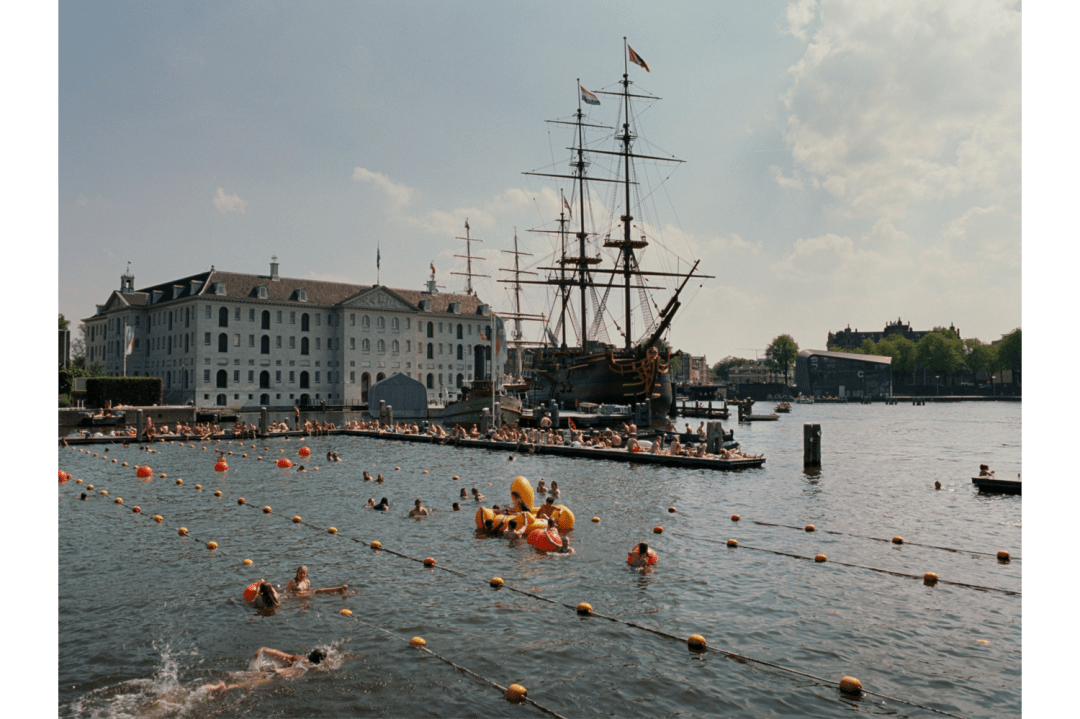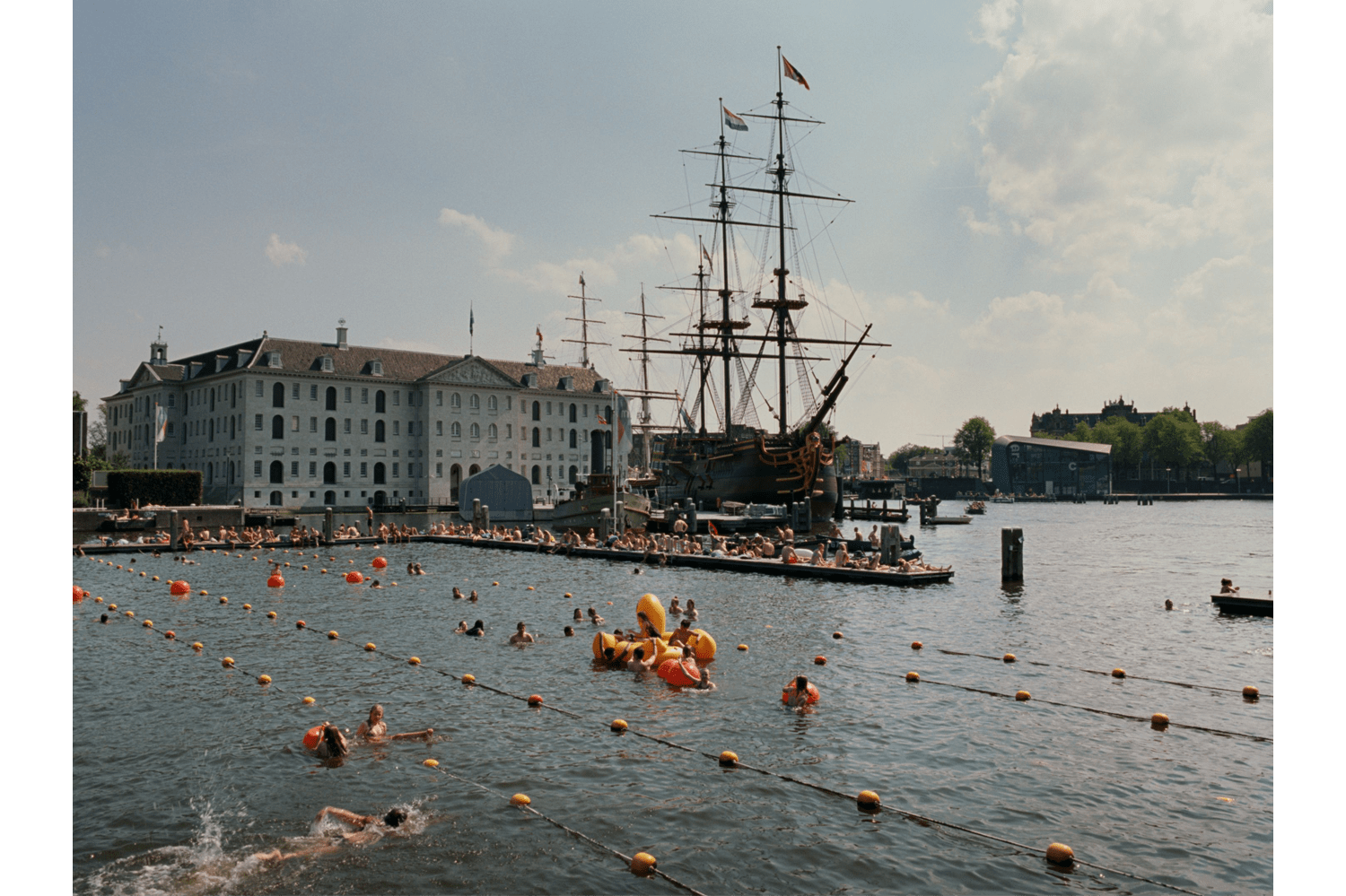Occupied City is Steve McQueen’s meditative essay on Amsterdam during Nazi occupation, with a running time of four hours and 22 minutes. There is no archive footage. There are no witness testimonies. It’s not The Sorrow and the Pity. It is not half-a-Shoah. Instead, this visits 130 addresses and details what happened there between 1940 and 1945 while showing the building or space as it is today. It should have its own power – what ghosts reside here? What was life like for the Jews who were deported from this square and perished at Auschwitz? – but I watched it from home via a link, as I had Covid, and after the first hour started to wonder: if I die will it be from the virus? Or the boredom?
After the first hour I started to wonder: if I die, will it be from Covid? Or the boredom?
McQueen has made some excellent narrative contributions to cinema and television – Hunger, Shame, 12 Years a Slave, the Small Axe anthology for the BBC – but he is also a Turner Prize-winning visual artist and this is more at the visual-art end of the spectrum. The full cut will, he has said, be 36 hours which I can imagine as an installation running on a loop in a museum so you can spend ten minutes in front of it and then move on. Ten minutes is probably all you need. It is based on the book, Atlas of An Occupied City, Amsterdam 1940-1945, written by his wife, Bianca Stigter. The book is an encyclopaedia with each entry describing a different address where a family lived or a rally was held or a Jewish prisoner was forced to scrub floors with a toothbrush. This is that encyclopaedia, filmed. It was an endurance test, which I constantly failed.








Comments
Join the debate for just £1 a month
Be part of the conversation with other Spectator readers by getting your first three months for £3.
UNLOCK ACCESS Just £1 a monthAlready a subscriber? Log in